dap
- 4 Mar—2 Apr 2022
- Eora / Sydney, Berlin
dap – to meet, to come together; two separate parts at the point of union.
In March 2022 Michael Reid Sydney & Berlin were honoured to co-present dap by Djirrirra Yukuwa Wunuŋmurra, in what was our first cross continental exhibition. The acclaimed Yolŋu artist exhibited new bark paintings and larakitj for Australian and European audiences.
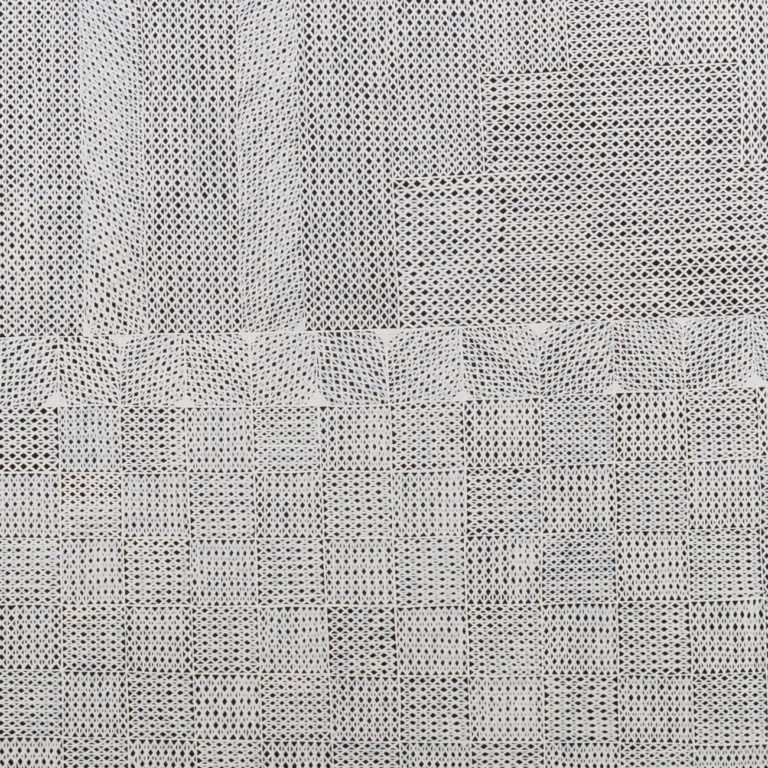
Djirrirra Wunuŋmurra Yukuwa
Buyku (6540-21), 2021
SOLD
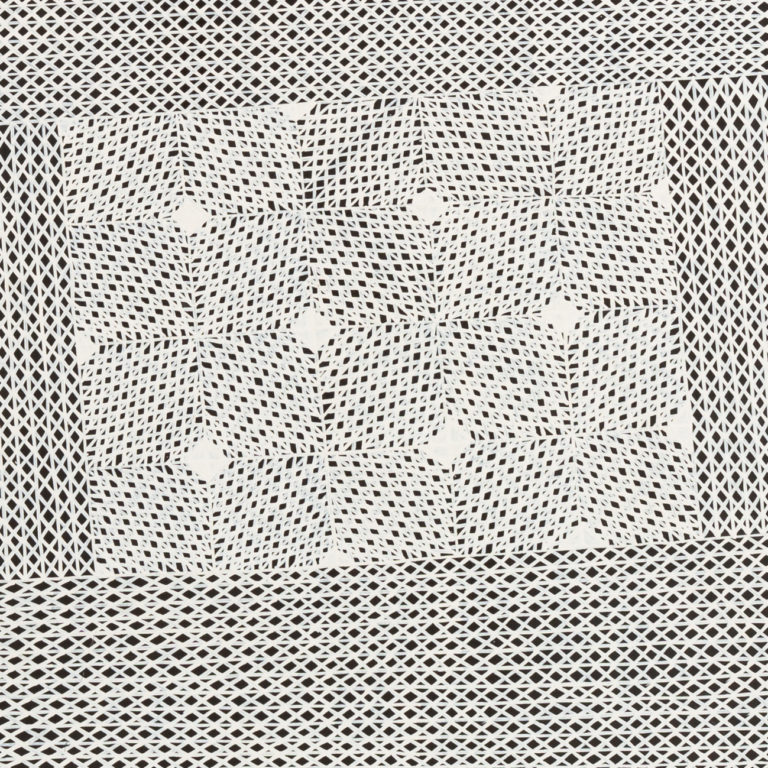
Djirrirra Wunuŋmurra Yukuwa
Buyku (6604-21), 2021
SOLD
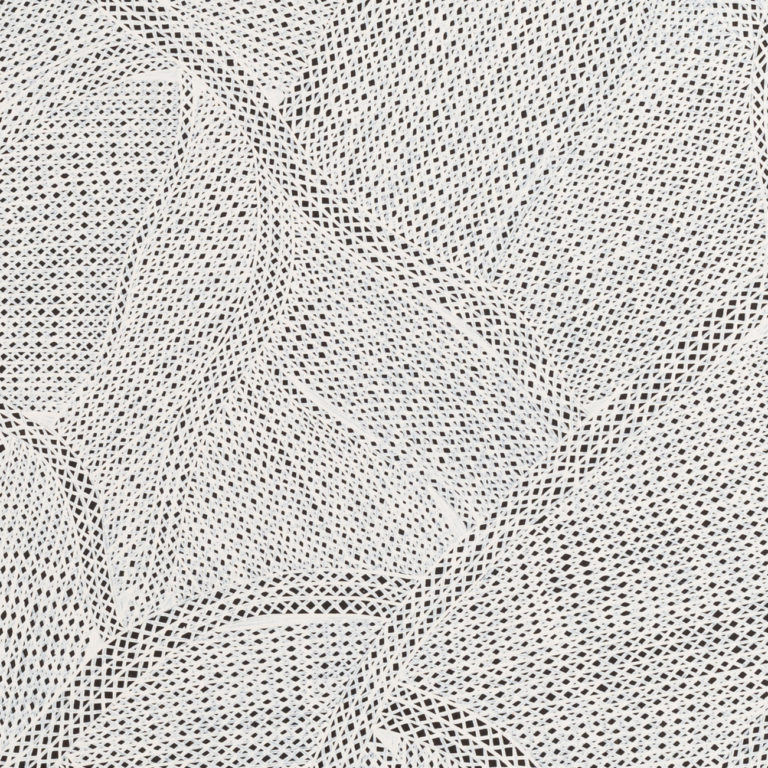
Djirrirra Wunuŋmurra Yukuwa
Buyku (7956-21), 2021
SOLD
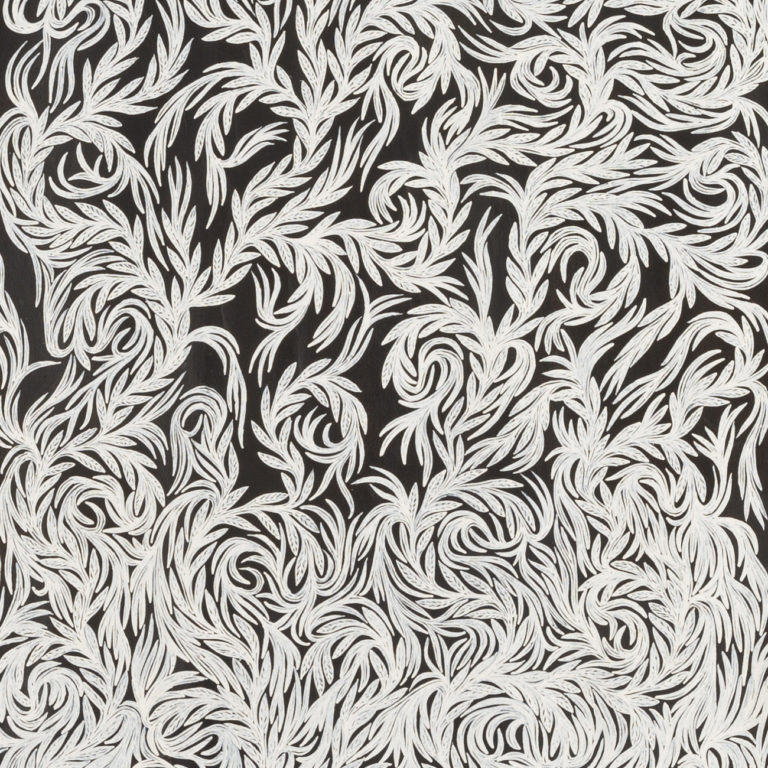
Djirrirra Wunuŋmurra Yukuwa
Yukuwa (1477-21), 2021
SOLD
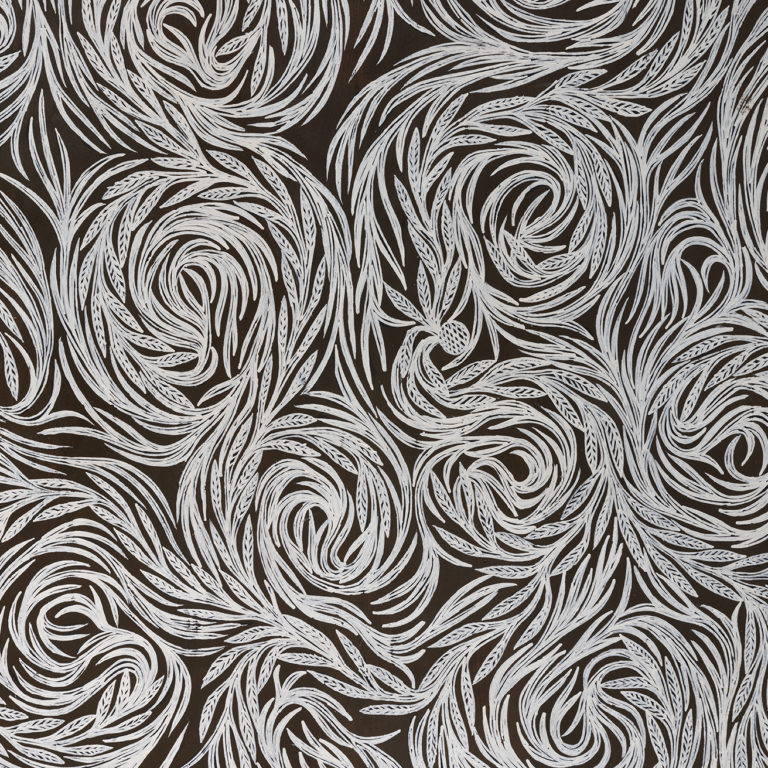
Djirrirra Wunuŋmurra Yukuwa
Yukuwa (2118-20), 2020
SOLD
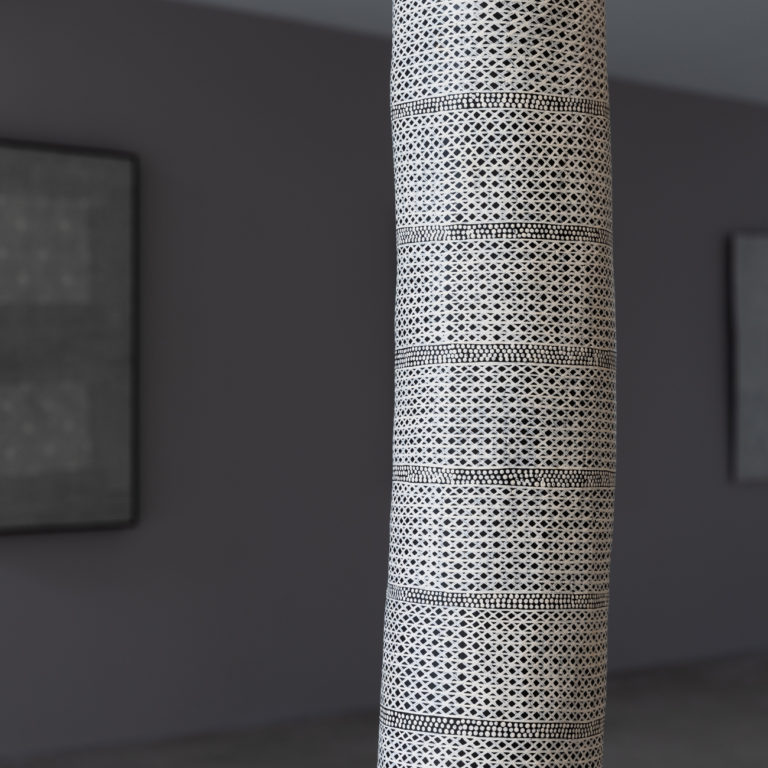
Djirrirra Wunuŋmurra Yukuwa
Buyku (7178-21), 2021
SOLD
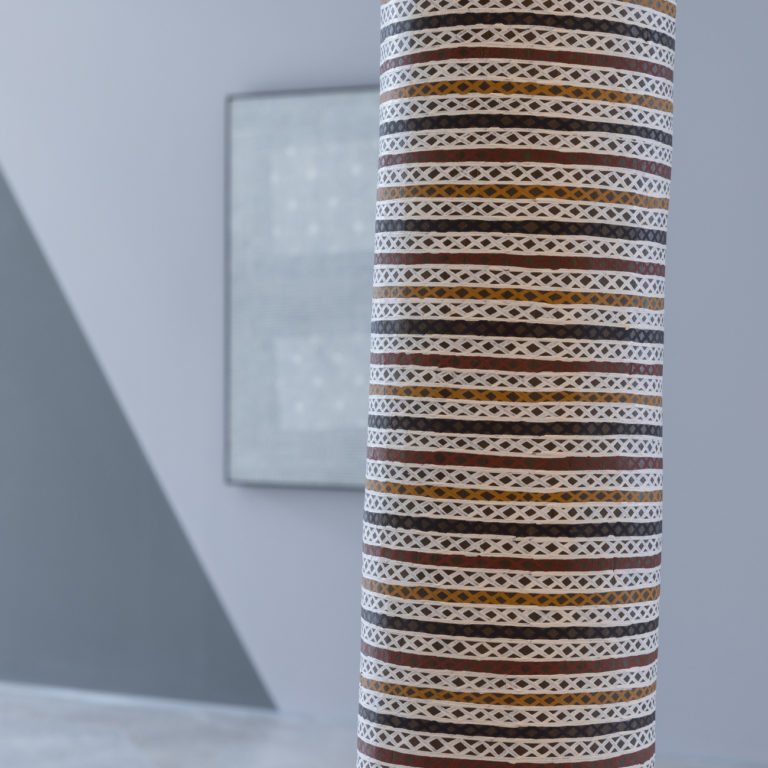
Djirrirra Wunuŋmurra Yukuwa
Buyku (8186-21), 2021
SOLD
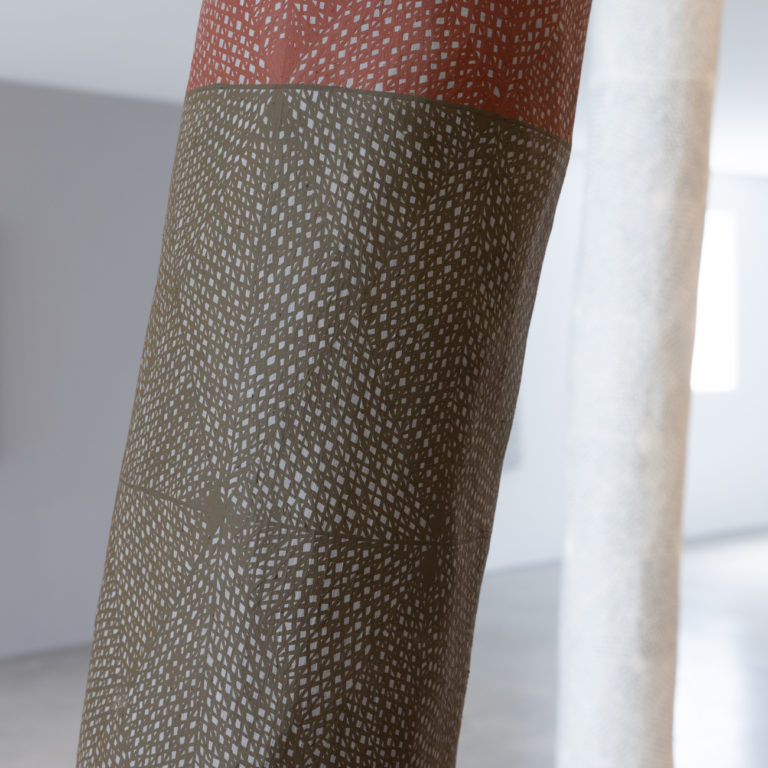
Djirrirra Wunuŋmurra Yukuwa
Buyku (7291-21), 2021
SOLD
REGISTER YOUR INTEREST: dap

